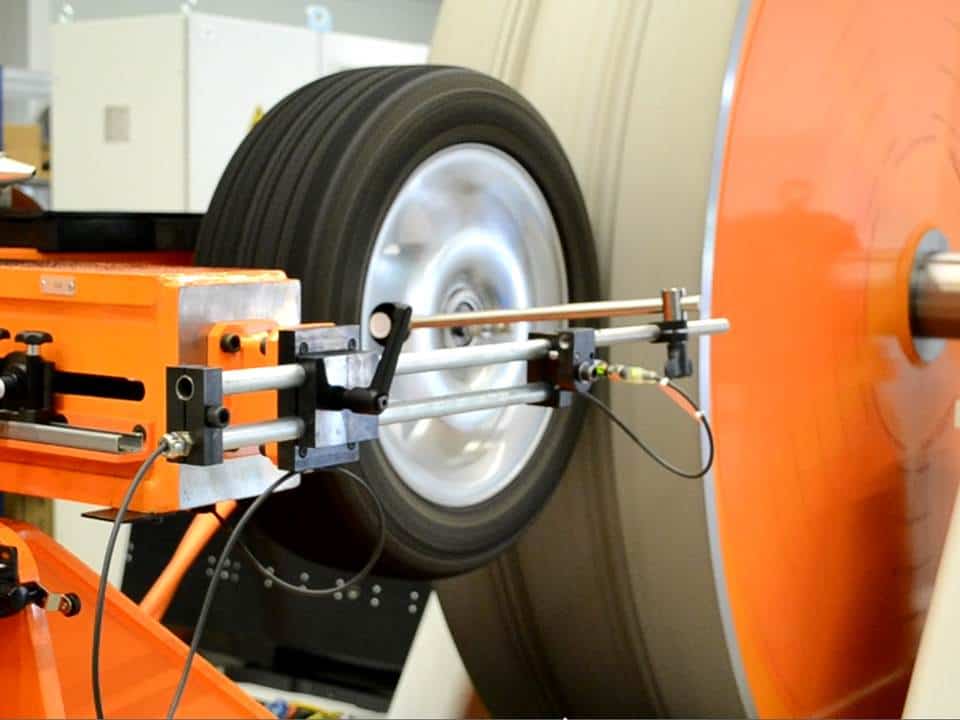Tyre Load Ratings Explained
Simply put, all tyres are designed for a specific purpose, and part of the engineering decisions that go into making tyres is how fast do they need to be capable of going, and what sort of loads do they need to be able to handle. You can find your tyre load rating printed right on your sidewall.
This article could get a little bit tech-heavy, but if you’re the curious type who noticed the sidewall markings and wondered what they meant, this is the article for you.
The Tyre Load Index
The system used to grade tyres on how much load they can carry is called the ‘Tyre Load Index’. This is a system developed by the Tire and Rim Association (yes, with an i in tyre), an American standards group. Having standards organisations take charge with things like this means greater compatibility and more product choices for consumers, reducing prices and improving quality.
The Index is made up of a series of numbers that can be translated back to a table that lists specific weight in kilograms that the tyre is rated to carry at sustained speeds. The higher the number is, the larger the tyre load capacity is.
You can find the number that correlates with the load index on the sidewall of your tyre, right near the size information
| Load index | Max load (kg) |
|---|---|
| 81 | 462 |
| 82 | 475 |
| 85 | 515 |
| 86 | 530 |
| 87 | 545 |
| 90 | 600 |
| 92 | 630 |
| 95 | 690 |
| 96 | 710 |
For example, a tyre with a load index of 90 is rated to carry up to 600 kilograms of sustained weight.
Ensuring that the tyres on your vehicle meet or exceed the recommended tyre specifications, as listed by your vehicle manufacturer, is absolutely essential to a safe and reliable driving experience, however the load index isn’t the only factor to consider when shopping for new tyres. Vehicle weight, driving conditions, terrain, tyre pressure and more should be taken into account for optimal tyre performance.
How Are Tyre Load Indexes Calculated?
Thankfully, along with standardised load index ratings, comes standardised testing procedures to ensure consistency across different tyre brands and styles.

The process for a tyre receiving a load index has several steps:
- Load Capacity Testing: Early on in the engineering aspect, computerised simulations can only do so much, and at a certain point, engineering samples are created, which are then loaded into a special testing machine for what is known as ‘destructive testing’. These tyres are tested by pressing them against a spinning roller at 50mm per minute rate until failure occurs. These tyres are tested until failure to find out about failure modes and ensure that even if a tyre fails, it does so in a predictable manner. By ‘failure’, a tyre is deemed to have failed through excessive deformation, excessive heat buildup, structural damage or other signs of failure. Any evidence of: tread separation, ply separation, cord separation, bead separation, chunking of the tread rubber, broken cords is counted as a failure.
- Load Index Calculation: Once destructive testing has been carried out, the actual load carrying capacity is determined through the tyres ability to sustain loads over extended periods of time. The key metrics that determine a tyres suitability for specific loads is related to tyre distortion, heat buildup and controlling excessive sidewall flexing.
- Confirming Load Rating & Sidewall Marking: Finally, once engineering samples have met specific targets, new, final-product tyres are created with the full sidewall markings written on them.
Load index ratings are standardised across the tyre brands and countries, allowing consumers to easily compare tyres based on their load-carrying requirements.
Additional Sidewall Information
In addition to load indexes, tyre sidewalls also have loads of other information, such as size, date of manufacture and other regulatory markings. You’ll also find speed ratings, which indicate the maximum speed at which a tyre can safely operate. Speed ratings are usually represented by letters and you can check out our recent article about tyre speed ratings on our blog page.
Not that you’ll need to worry about speed rating and load indexes. Bring your vehicle into your nearest Tyrepower Store and we’ll ensure that you’re fitted with the correct tyres for the task at hand!

